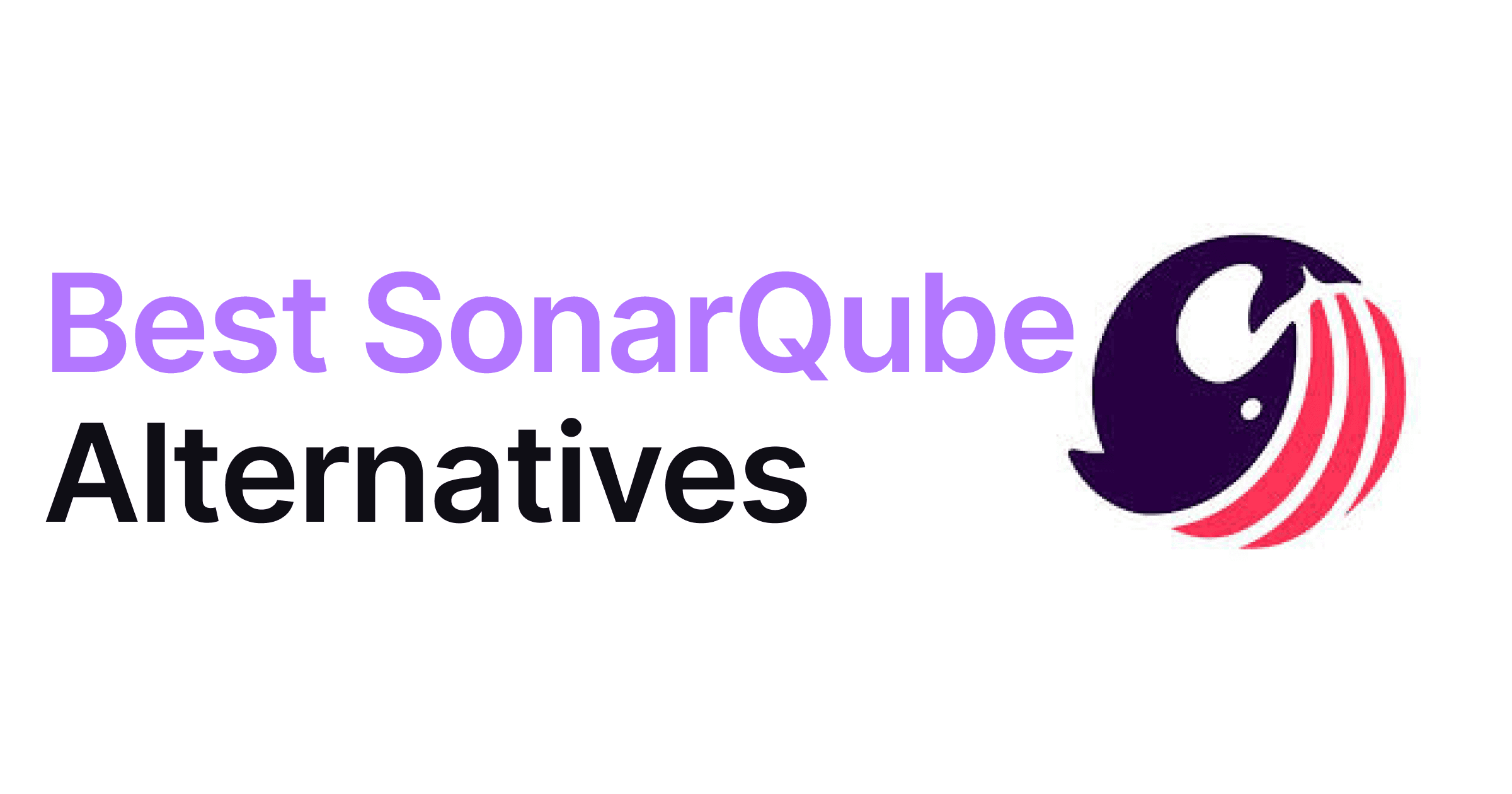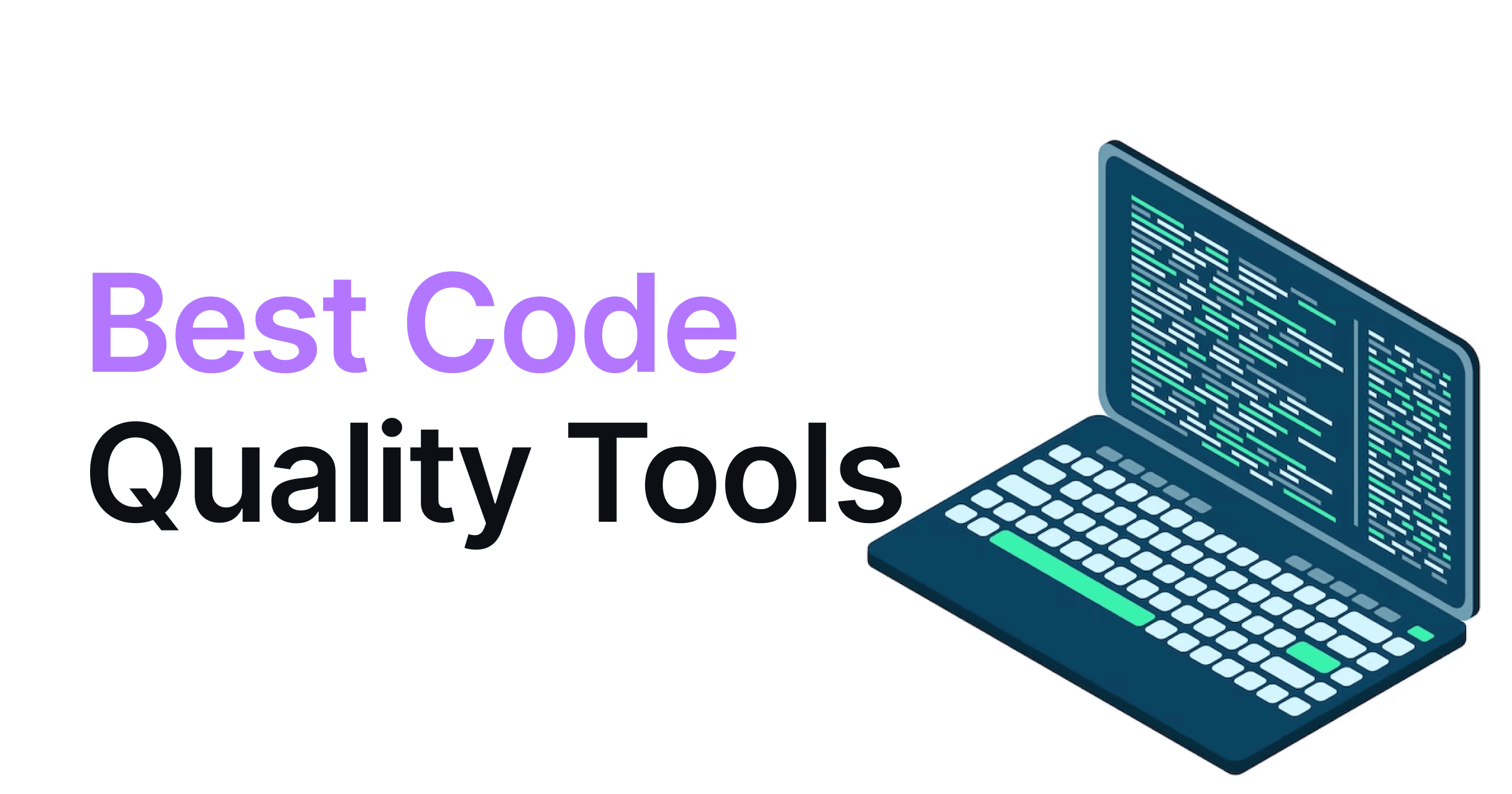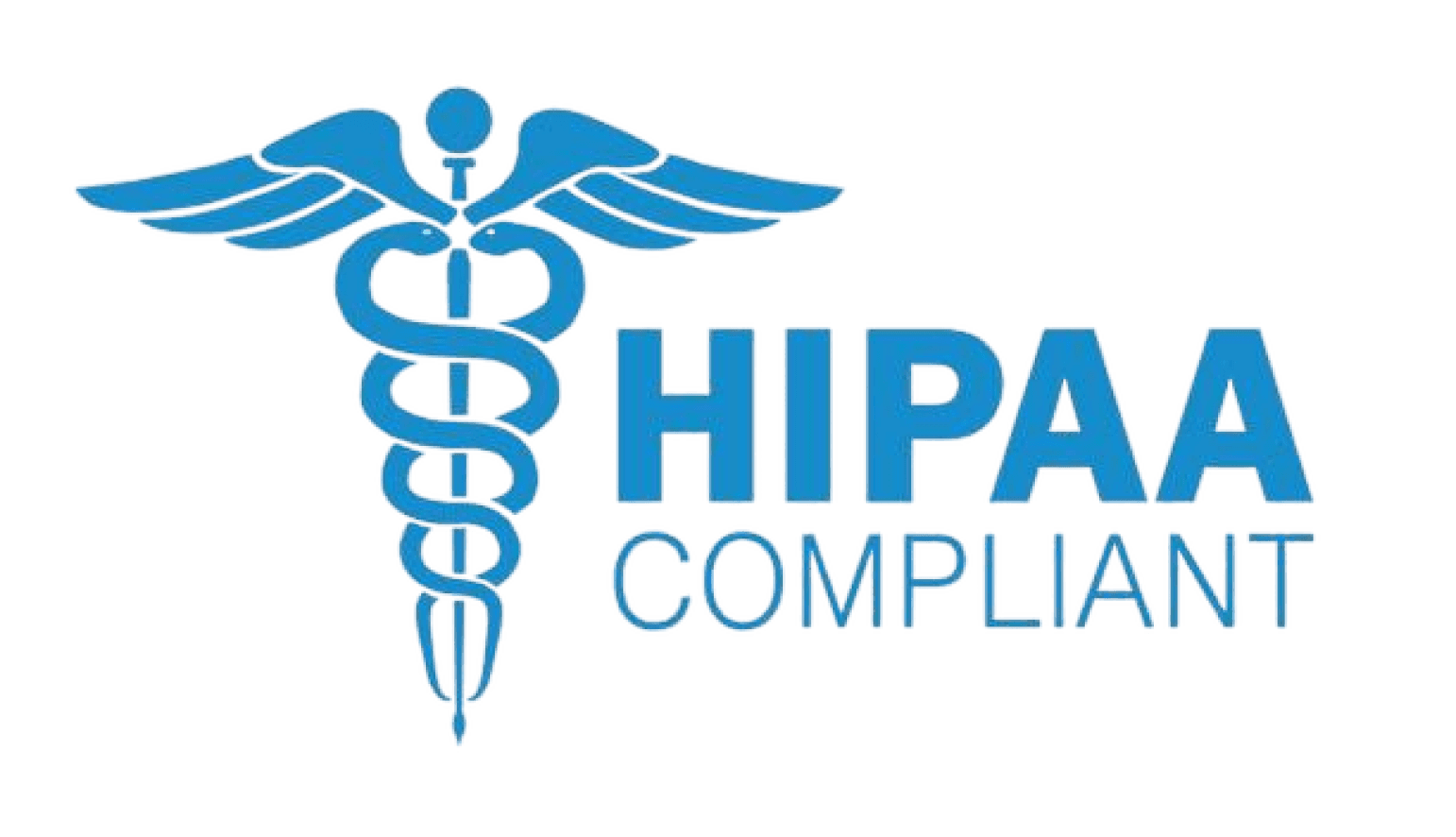Cybersecurity Tools
Code Security
Amartya Jha
• 26 January 2025
In the digital era where we live now, securing sensitive information is vital, as more than half of organizations have encountered a data breach in just the past year. This eye-opening statistic underscores why utilizing tools like security vulnerability scanners is essential. These tools are indispensable for detecting, evaluating, and managing potential weaknesses in software and IT systems, safeguarding them against possible breaches. By understanding these tools and their necessity up until at least 2025, organizations can fortify their security defenses amidst ever-evolving threats.
Understanding Security Vulnerability Scanning Tools
In today's cybersecurity landscape, security vulnerability scanning tools have become non-negotiable. These tools are increasingly relied upon by organizations to maintain strong security defenses by identifying, analyzing, and rectifying vulnerabilities throughout various software applications and IT systems. This section delves into what these tools are and their growing importance as we approach 2025.
Definition of Security Vulnerability Scanning Tools
Security vulnerability scanning tools are specialized software designed to conduct thorough reviews of IT networks and systems to spot potential security flaws. Such vulnerabilities can appear as software bugs, erroneous configurations, or even deliberate backdoors that could be exploited by malicious individuals. By performing simulations of attacks or scanning systems using known vulnerabilities databases, these tools identify weak spots needing attention.
Functionality:
These tools are designed to identify things like unpatched software, misconfigured settings, and possible backdoors.
They efficiently scan network devices, operating systems, applications, and databases to maintain a strong and compliant security posture.
Types of Vulnerabilities:
Software Bugs: Programming errors that can be taken advantage of for unauthorized access.
Misconfigurations: Incorrect software or hardware setups potentially leading to security breaches.
Backdoors: Secret system entry points either created by developers or hackers to bypass security.
Common Tools in Use:
CodeAnt AI: It is a powerful tool that helps developers detect and auto-fix code issues and security vulnerabilities. It integrates seamlessly with IDEs, Pull Requests, and CI/CD pipelines, providing real-time suggestions and automatic fixes for over 30,000 code quality issues. Its features include line-by-line code reviews and compliance checks, making it ideal for teams looking to maintain high coding standards throughout the development lifecycle.
Nessus: Known for its expansive database and detailed reporting capabilities.
OpenVAS: Valued for being open-source with a high degree of adaptability.
Qualys: Offers cloud-based solutions equipped for real-time scanning.
Through these varied functionalities, these tools provide essential help in securing IT infrastructures across diverse industries.
The Importance of Using these Tools in 2025
As cyber threats continue to evolve in sophistication, the role of vulnerability scanning tools becomes crucial in cybersecurity strategies. The year 2025 will see noteworthy advancements in digital transformation and Internet of Things (IoT) adoption, heightening the necessity of these tools. Here's why they matter:
Proactive Security:
By catching vulnerabilities early, organizations can address issues before they turn into full-blown breaches.
Regular scanning fosters consistent oversight, ensuring security measures remain aligned with changing threats.
Digital Transformation and IoT:
The proliferation of IoT devices means numerous potential endpoints for attackers, necessitating relentless vigilance.
These tools support the secure integration and operation of IoT devices within organizational networks.
Regulatory Compliance:
Compliance with regulations such as GDPR, HIPAA, and other frameworks requires rigorous vulnerability management.
Tools facilitate compliance by generating reports and maintaining security measure records to satisfy regulatory needs.
Risk Management:
Tools provide clear insights into the severity and potential impact of vulnerabilities, guiding organizations in prioritizing remediation by risk.
They help define metrics and KPIs to track improvements in security posture over time.
Incident Response Planning:
By flagging potential threats early, organizations can tailor incident response plans effectively, minimizing response time and potential damage.
These tools form the foundation of an organization's cybersecurity framework, vital for safeguarding digital assets against current and future threats.
Criteria for Selecting Vulnerability Scanning Tools for 2025
With cybersecurity constantly changing, choosing suitable vulnerability scanning tools that can keep up with new threats is critical. These tools must be adept at protecting an organization's assets while aligning with strategic security objectives. Here are the key factors to contemplate when selecting these tools for 2025.
Ease of Use and Integration
A primary consideration when picking a vulnerability scanning tool should be its user-friendliness and ability to integrate into existing security frameworks. Organizations should prioritize tools with intuitive user interfaces that mitigate the need for extensive training and reduce human error.
User-Friendly Interface: Tools should feature designs that allow easy navigation, reducing the time needed for adoption and enabling even less technically adept team members to use them effectively.
Seamless Integration: The ability to blend with current security solutions like SIEMs, firewalls, and antivirus solutions is crucial, allowing smooth transitions and upgrades without process disruptions.
For more direct guidance on integration, resources like Forbes on Cybersecurity Integration can be insightful.
Comprehensive Coverage
A strong vulnerability scanning tool must detect vulnerabilities across a myriad of applications, systems, and platforms, ensuring no network segment is left unguarded.
Wide Range of Platforms and Systems: The tool should be capable of scanning diverse operating systems, including Windows, Linux, macOS, etc. It should also handle both on-premises and cloud-based systems.
In-Depth Scanning Capabilities: Features should facilitate deep scans to uncover deeply embedded vulnerabilities, not merely superficial threats.
For enhancing organizational cybersecurity strategies, the Cybersecurity and Infrastructure Security Agency (CISA) provides further insights.
Automated Updates and Threat Intelligence
Given the rapid evolution of cyber threats, vulnerability scanning tools need automated updates for access to the latest threat intelligence.
Real-Time Threat Intelligence: Having access to updated threat databases enables tools to protect against newly discovered vulnerabilities effectively.
Automatic Software Updates: Automating updates ensures tools are current with the latest security patches without needing manual intervention.
For ongoing insights into the current threat landscape, resources like the SANS Institute offer real-time updates.
Customizability and Scalability
Organizations grow and evolve, and their security tools should be flexible to adapt accordingly. Customizability and scalability become crucial when selecting a vulnerability scanner.
Tailored Solutions: Tools should offer customizable settings to meet specific organizational demands, enabling more targeted security measures.
Scalable Architecture: The tool should scale smoothly as businesses expand, handling increased loads and broader networks with ease.
For comprehensive advice on customizable solutions, check TechRepublic's guide on technology scaling.
Compliance and Regulatory Support
Organizations must adhere to industry standards and regulations, making compliance support a necessary feature in vulnerability scanning tools.
Industry Standard Compliance: Whether it be GDPR, HIPAA, or PCI-DSS, tools must enable compliance with these standards to fulfill regulatory obligations.
Audit and Reporting Capabilities: Look for tools that produce detailed reports aiding audits and demonstrating compliance to regulators.
For up-to-date information on compliance, the International Association of Privacy Professionals (IAPP) offers excellent resources.
Product Overviews
With countless vulnerability scanning tools in the market, discerning their diverse features can be daunting. Here, we delve into some prominent options, highlighting key functionalities and their relevance for various organizational requirements.
CodeAnt AI: Advanced Static Code Security Platform
CodeAnt AI is a powerful static code security platform designed for developers, DevOps, and security teams. It helps quickly identify critical vulnerabilities, understand their impact, and provides actionable guidance to fix them.
Key Features
Static Application Security Testing (SAST)
Detects vulnerabilities in code during development, ensuring compliance with industry security standards.
Infrastructure as Code (IaC) Security
Scans infrastructure configurations to prevent misconfigurations and enforce security best practices.
Third-Party Dependency Analysis (SCA)
Identifies risks in third-party libraries, including vulnerabilities, outdated dependencies, and malicious code.
Secret Scanning
Detects hardcoded secrets, API keys, and sensitive data in code to prevent unauthorized access.
Pull Request Security Review
Performs automated security checks on every pull request, highlighting potential risks before merging.
HIPAA & SOC 2 Compliance Checks
Aligns your codebase and infrastructure with compliance standards like HIPAA and SOC 2.
AWS Cloud Misconfiguration Detection
Analyzes AWS configurations to detect and prevent security misconfigurations and compliance issues.
Executive Reporting
Provides actionable insights and regular reports on code quality and security metrics for informed decision-making.
Nessus by Tenable
Known for its comprehensive vulnerability assessment, Nessus focuses on thwarting network attacks.
Extensive Vulnerability Coverage: Effective across various platforms and systems.
High-speed Asset Discovery: Quickly identifies network assets, ensuring none are unnoticed.
Configurable Reports: Customizes report formats to meet specific organizational needs.
Immediate Alerts: Prioritizes vulnerabilities by risk level for timely action.
Nessus suits medium to large organizations aiming to strengthen network security.
Rapid7 InsightVM
InsightVM offers live vulnerability scanning designed for dynamic IT ecosystems.
Live Vulnerability Management: Continuously tracks new vulnerabilities.
Extensive Endpoint Analytics: Focuses on endpoint security.
Risk Prioritization: Assists in timely threat response.
This tool is ideal for enterprises needing continuous monitoring and real-time intelligence integration.
Qualys Vulnerability Management
Standout for its cloud-based architecture, making vulnerability management seamless.
Cloud-native Architecture: Eases maintenance by eliminating on-premise setups.
No Software Installation Required: Quick deployment without additional software.
Continuous Monitoring: Nonstop network vigilance for vulnerabilities.
It's apt for large enterprises needing scalable, robust security.
Acunetix
Acunetix excels in automated web application vulnerability scanning.
High-performance Web Scanning: Detects web-based threats.
Black-box and White-box Testing: Ensures comprehensive application security.
This tool suits organizations heavily reliant on web platforms.
Intruder.io
Intruder provides cloud-based, manageable scanning solutions for small to medium enterprises.
Automated Scanning: Guarantees current protection.
Cost-effectiveness: Offers essential protection affordably.
Popular Security App Integration: Easily meshes with existing solutions.
Intruder.io is for businesses seeking deployment ease and cost-efficiency.
OpenVAS
An open-source tool delivering security assessments with an extensive plugin library.
Open-source Availability: Cost-effective yet powerful.
Plugin Support: Regular updates for evolving threats.
Suitable for educational institutions and small tech firms.
Burp Suite
Burp Suite, favored among professional testers, specializes in web security assessments.
Web Security Testing Suite: Offers automated and manual testing.
Manual Interventions: Enhances testing depth.
Ideal for security professionals requiring detailed web testing.
Nikto
A simple command-line tool for web server security scanning.
Quick Deployment: Fast setup for initial audits.
Efficient Scanning: Effective for preliminary checks.
Nikto suits organizations needing initial high-level vulnerability assessments.
Tripwire IP360
An enterprise-grade solution tailored for network vulnerability management.
Zero-day Readiness: Prepares for unpublicized vulnerabilities.
Anomaly Detection: Detects deviations early.
Risk Scoring: Aligns security with compliance standards.
Tripwire IP360 is perfect for organizations with detailed network needs.
Check out: Top Cloud Infrastructure Security Tools You Need in 2025
Conclusion
In conclusion, security vulnerability scanning tools are crucial for protecting organizational infrastructure, helping uncover software bugs, misconfigurations, and backdoors. As the world moves towards 2025, their importance will grow, driven by increased IoT use and digital transformation. Effective tool selection, considering aspects like integration, coverage, and compliance, ensures alignment with organizational needs. Thoughtful tool choices, such as Nessus or Acunetix, are essential for developing a robust security framework guarding against current and future threats.
To further enhance code quality and cybersecurity efforts, consider using CodeAnt AI - an AI-driven code review tool that addresses quality and security vulnerabilities in various programming languages. Visit CodeAnt AI to learn how it can bolster your cybersecurity strategy.














